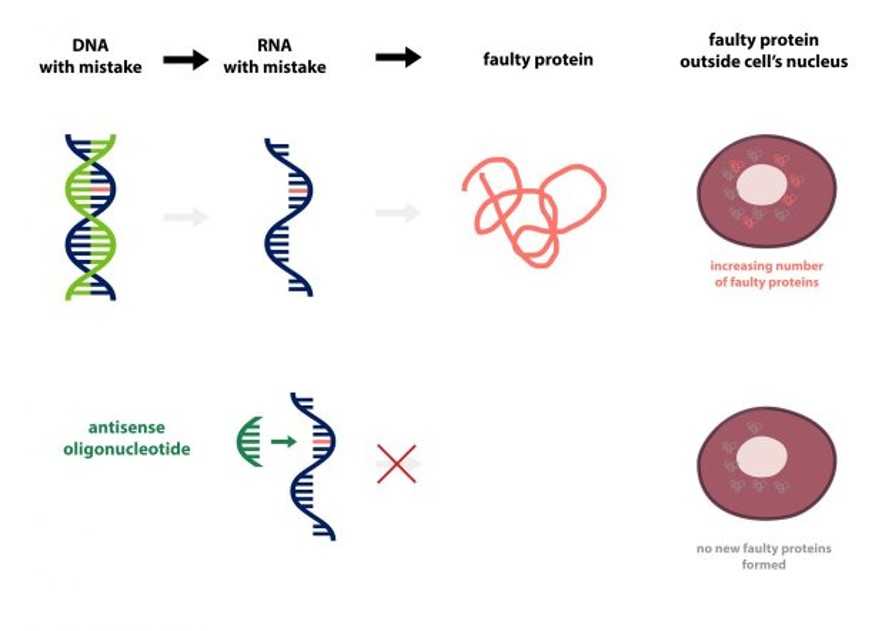In PHASE 3– Ibudilast (MN 166), Ravulizumab, Verdiperstat, Arimoclomal, GM604, CuATSM, Tofersen, Jacifusen, NurOwn, NSI-566 HSSC, DNL747, Masitinib, Trametinib, RNS60
- A phosphodiesterase inhibitor
- Has anti-inflammatory and neurotrophic effect
- Phase 2a trial – MN-166 in combination with riluzole more effective than riluzole alone.
- In phase 2 trial the primary goal was to test safety
- MN-166 is expected to be effective in patients with a short ALS history
MediciNova Receives a Notice of Intention to Grant for a New Patent Covering the Combination of MN-166 (ibudilast) and Riluzole for the Treatment of Amyotrophic Lateral Sclerosis (ALS) in Europe
- Ibudilast (MN-166) in ALS- an open label, safety and pharmacodynamic trial showed
- No significant reduction in brain glial activation measured by PBR28-PET SUVR.
- No significant reduction in serum neurofilament light levels over 36–40 weeks.
- Adverse event related dose reductions/discontinuations common.
GM6 affects multiple pathways to treat ALS and promote motor neuron survival by slowing degeneration, neurogenesis and anti-inflammatory effects.
Phase 2 A trial results
- Respiratory symptoms significantly better
- Decreased ALS biomarkers (TDP, Tau and SOD1)
- Slower funtional decline in ALS-FRSr
- Symptomatic improvement
Completed PHASE 3:
- Arimoclomol increases expression of number of hear shock proteins (HSPs).
- HSPs can bind to misfolded or faulty proteins and help to remove it from the cells
- HSP70 is found to bind with the faulty SOD1 protein and remove it
- Arimoclomol also acts on the muscle resulting in better preservation of muscle innervation.
- Arimoclomol also acts on the muscle result gin better preservation of muscle innervation.
ORARIALS – 01 pivotal trial of arimoclomol in amyotrophic lateral sclerosis (ALS) did not meet its primary and secondary endopoints to show benefit in people living with familial ALS.
- Tyrosine-kinase inhibitor
- Phase 2 results show that Masitinib showed a significant benefit with acceptable safety in ALS patients with a baseline ALSFRS-R progression rate of 1.1 points/month.
- Progression slowed down in treatment group
Studies suspended due to a potential risk of ischemic heart disease – a condition of recurring chest pain or discomfort.
10‐year retrospective clinical study showed improved survival in ALS patients following intrathecal autologous bone marrow mononuclear cell therapy alongwith standard treatment
None of the patients reported any major adverse events related to cell therapy. Kaplan Meier analysis estimated survival duration in the cell therapy group was significantly higher than the control group (91.7 months vs 49.7 months). Premenopausal women and preandropausal men showed better responses.
- A higher rpoportion of treated participants experienced >1.5 points/ months ALSFRS-R slope improvement compared to placebo at all time points and was significant in rapid progressors at 4 and 12 weeks (P= 0.004 and 0.045, respectively).
- CSF neurotrophic factors increased and CSF inflammatory biomarkers decreased in treated participants (< 0.05) post transplantation.
- A single dose transplantation of MSC – NTF cells is safe and demonstrated early promising signs of efficacy.
In February 2021, the U.S Food and drug administration (FDA) found that high level data from the phase III trial of NurOwn in ALS was not sufficient to support a Biologics License Application (BLA).
A case-control study involving 67 ALS patients were treated with intrathecal Wharton’s jelly mesenchymal stem cells (WJ-MSC). The treated patients were paired with 67 reference patients from the PRO-ACT database The results showed.
- Two-fold increased median survival time. In terms of progression, three responses were noted: decreased progression rate ( 31.3%), no change in rate ( 49.3%) and increased progression rate (19.4%).
- No serious adverse drug reactions were seen
















